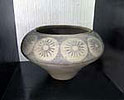 |
 |
 |
The ancient Chinese tradition of setting the seasons and divining guidance from the stars... |
|
|
|
|
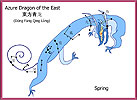 |
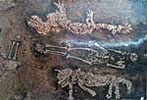 |
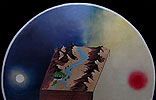 |
The constellations and the organization of the cosmos in Chinese astronomy and astrology... |
|
|
|
|
 |
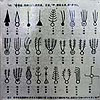 |
 |
Beginning to gather accurate data to make predictions about the future behavior of celestial bodies... |
|
|
|
|
 |
 |
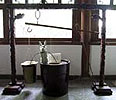 |
Zhang Heng and mathematicians of the Han Dynasty move from recording events to measurement and modeling to make better predictions... |
|
|
|
|
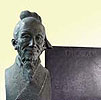 |
 |
Zu Chongzhi was stimulated by cultural change and exposure to new ideas in the Northern and Southern Dynasties. Yi Xing in the Tang and the astronomers of the Song also lived in flexible, prosperous times with open exchange of ideas and support of scholarship... |
|
|
|
|
 |
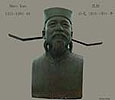 |
 |
and astronomers such as Shen Kuo of the Song also had flexible, prosperous times with cultural imports while the Yuan Dynasty stimulated the great inventions of Guo Shoujing... |
|
|
|
|
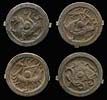 |
 |
 |
The Ming Dynasty brought Europeans to the mix. Matteo Ricci and Xu Guangqi worked together to bring in new ideas in astronomy and mathematics... |
|
|
|
|
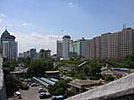 |
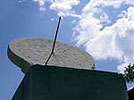 |
 |
During the Ming Dynasty new instruments were added to the observatories built during the Yuan Dynasty... |
|
|
|
|
 |
 |
 |
and included traditional instruments such as the gnomon, square table, simplified armilla, and armillary sphere... |
|
|
|
|
 |
 |
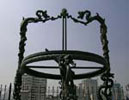 |
Adam Schall von Bell and Ferdinand Verbiest added new ideas to the calendar and Verbiest directed the creation of 6 new instruments... |
|
|
|
|
 |
 |
 |
including an altazimuth, a celestial globe, an ecliptic armilla and a sextant... |
|
|
|
|
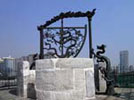 |
 |
 |
The Qing dynasty saw elaboration and increased sophistication in both instruments and observation... |
|
|
|
|
 |
 |
until the decline of the dynastic era and beginning of a new era of upheaval... |
|
|
|
|
 |
 |
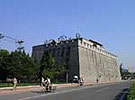 |
Today, astronomy continues to play an important but different role in Chinese science... |
|
|
|
|
|